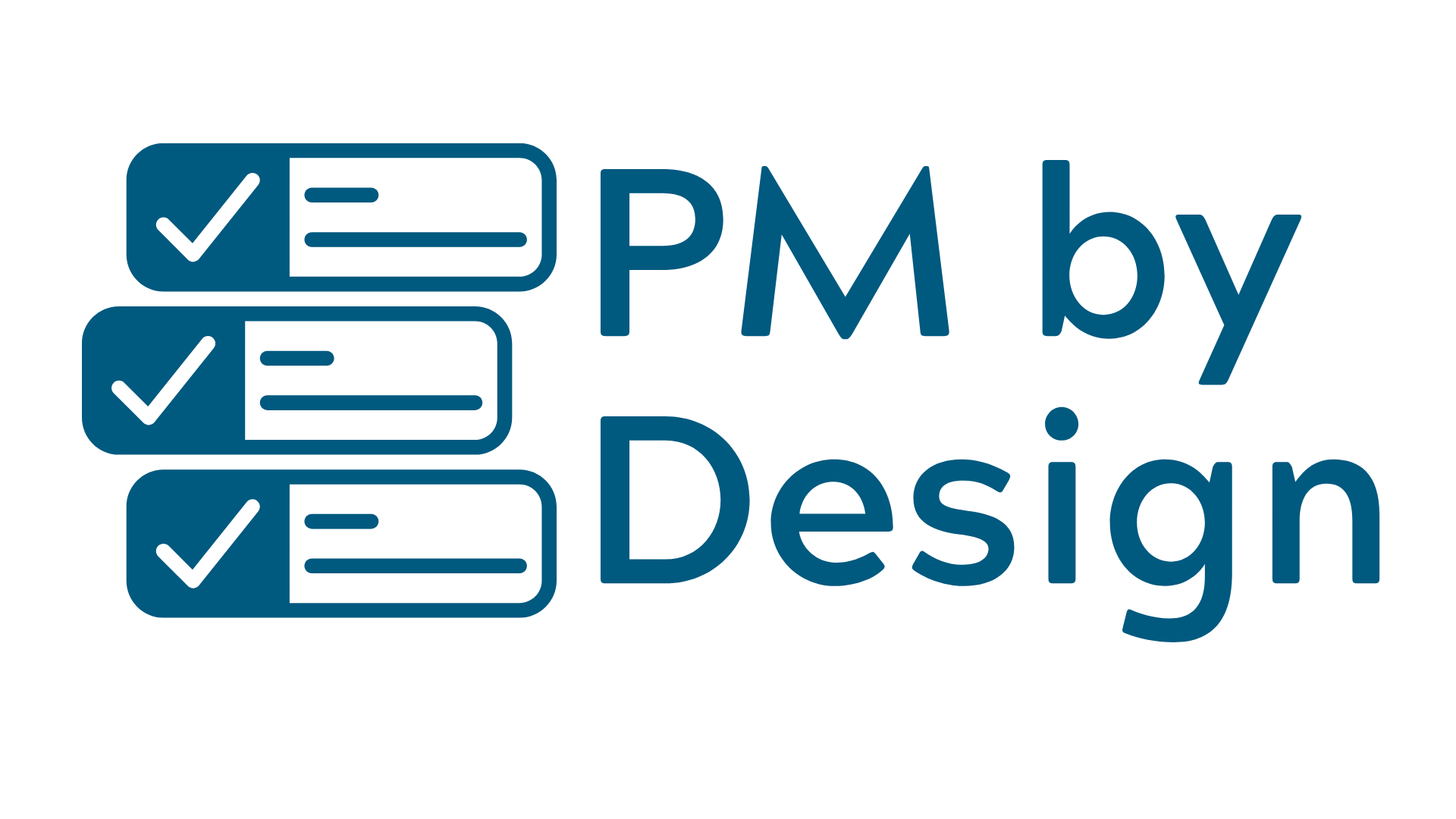What is Critical Path Analysis in project management?
Critical Path Analysis (CPA) is a method used to identify the sequence of tasks that determines the minimum time required to complete a project. This sequence of tasks is known as the critical path because any delay in these tasks will directly impact the project’s timeline.
Key elements of Critical Path Analysis include:
- Tasks, or the individual activities required to complete a project.
- Dependencies, or the relationships between tasks, such as which tasks must be completed before others can begin.
- Durations, or the estimated time each task will take.
By mapping out tasks, dependencies, and durations, project managers can visualize the critical path and focus their efforts on ensuring those tasks are completed on time. In higher education, CPA can be invaluable for projects with complex timelines and understanding these dependencies ensures the project stays on track.
What are the benefits of using Critical Path Analysis?
Implementing CPA offers numerous advantages for managing projects effectively:
- Accurate Timelines: CPA provides a clear picture of how long the project will take, helping individuals and teams set realistic deadlines.
- Prioritization of Tasks: It highlights which tasks are most critical to the project’s success, allowing individuals and teams to allocate resources effectively.
- Risk Mitigation: By identifying dependencies, CPA helps project managers to anticipate potential delays and develop contingency plans.
- Resource Optimization: CPA enables better planning of staff, budget, and other resources, focusing efforts where they are most needed.
- Informed Decision-Making: A clear understanding of the critical path helps project managers make data-driven decisions about adjusting timelines or reallocating resources.
For instance, in implementing a new admissions system, CPA might reveal that integrating the system with existing databases is a critical task. Recognizing this allows teams to allocate technical staff and ensure timely completion.
Where might you see Critical Path Analysis in higher education?
Critical Path Analysis is applicable in a variety of contexts in higher education, such as:
- Program development, including mapping out tasks for launching a new degree program such as curriculum approval, hiring faculty, and marketing.
- Event planning, including identifying critical tasks for organizing a major event such as securing a venue, confirming speakers, and managing registrations.
- Facilities projects, including ensuring timely completion of a construction project by sequencing activities like permitting, site preparation, and building inspections.
- Technology implementations, including managing the rollout of a new learning management system by identifying key milestones like system integration and user training.
Critical Path Analysis is a powerful tool for managing complex projects in higher education. By identifying the sequence of tasks that determine the project’s timeline, CPA helps both individuals and teams focus on what matters most.
A step-by-step guide to conducting a Critical Path Analysis
Here’s are some of the steps involved to use CPA effectively:
- Break the project into individual tasks required to achieve the final outcome.
- Identify which tasks depend on others being completed first.
- Assign a realistic timeline for each task based on past experiences and resource availability.
- Visualize the tasks and their dependencies in a flowchart or Gantt chart, showing how they connect.
- Determine the longest sequence of dependent tasks, which represents the project’s critical path.
- As the project progresses, update the critical path to reflect any changes, ensuring that delays are addressed promptly.
Reflective questions
- Have you used Critical Path Analysis in a project before? If so, how did it impact the project’s success?
- What types of projects in your role would benefit from CPA?
- What challenges do you anticipate in identifying dependencies or estimating task durations?
- How can CPA help your team prioritize tasks and allocate resources effectively?
- What tools or software could you use to implement CPA in your projects?
